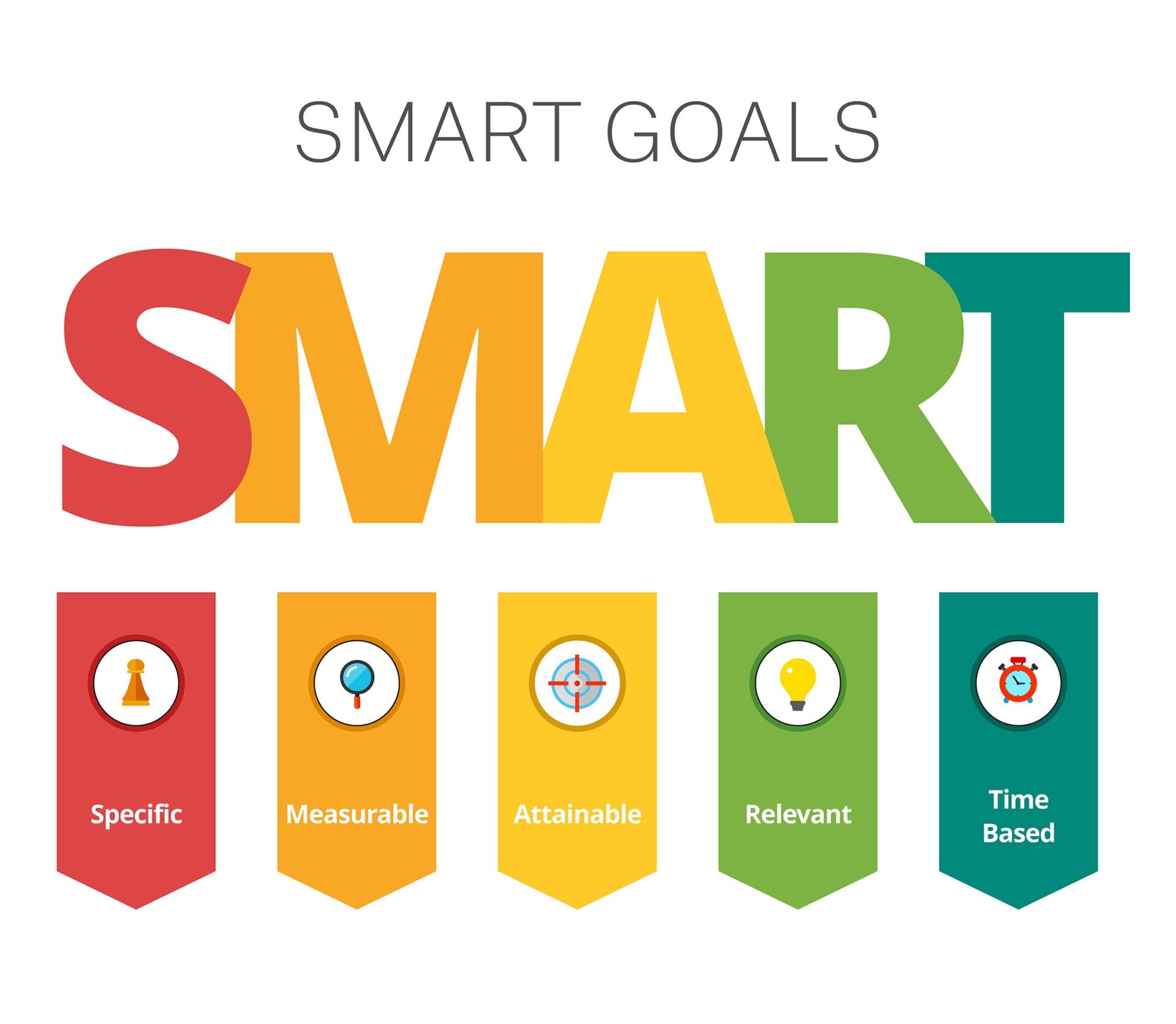Authenticity is no longer a “soft” skill, it’s a strategic advantage. In today’s modern workplace, where trust, collaboration, and emotional intelligence are key to long-term success, authenticity has become the foundation of healthy team dynamics and high-performing cultures.
Authenticity in the workplace means creating an environment where people feel safe, valued, and empowered to bring their full selves to work, without fear of judgment or rejection. It’s about showing up honestly, communicating openly, and operating in alignment with one’s values and the company’s mission.
When employees can be authentic, the revacasults are profound. Organizations experience:
-
Greater collaboration and innovation
-
Higher employee engagement and retention
-
Stronger team cohesion and mutual respect
-
A more resilient and adaptable culture
-
Increased trust between leadership and staff
One often-overlooked tool that supports authenticity and psychological safety is vacation tracking software. When time-off policies are clear, accessible, and easy to manage, employees are more likely to take the breaks they need without guilt or confusion. A transparent vacation tracking system helps foster trust, work-life balance, and fairness, allowing employees to feel safe being honest about their needs, whether it’s for mental health days, family commitments, or simply recharging.
Simply put, when people are free to be themselves, and take care of themselves, they’re free to do their best work. And when organizations foster authenticity from the top down, supported by smart systems and empathetic leadership, they unlock the kind of human connection that drives performance, loyalty, and business growth.
What Does Authenticity Look Like at Work?
Authenticity can show up in many different forms, both big and small. It’s reflected in the way people interact, speak, and make decisions. Here are a few everyday examples of what authenticity in the workplace might look like:
-
Showing your personality: Being able to express yourself without fear of being judged or seen as “unprofessional”
-
Psychological safety: Feeling safe to ask questions, admit mistakes, or share honest opinions without fear of retaliation
-
Being valued for who you are: Having your unique strengths, background, and perspective appreciated, not just tolerated
These seemingly simple experiences build a sense of belonging, which is a critical driver of workplace satisfaction and long-term success.
7 Effective Ways to Promote Authenticity at Work
Building an authentic workplace isn’t about enforcing a set of behaviors. It’s about modeling, enabling, and encouraging honesty, transparency, and self-expression from the top down. Here are seven powerful ways to foster authenticity in your organization:
Ensure Access to Information
Transparency builds trust. One of the most effective ways to foster authenticity is by removing silos and giving employees access to real, meaningful information about the company’s performance, priorities, and goals.
When leaders openly share project updates, performance metrics, and future plans, employees feel included and respected. They begin to see how their work fits into the bigger picture, which fuels motivation and engagement.
Practical ways to promote access to information:
-
Company-wide dashboards or weekly updates
-
Sharing OKRs (Objectives and Key Results) with the whole team
-
Monthly town halls or leadership briefings
-
Clear documentation of goals, changes, and decisions
The more people understand the “why” behind decisions, the more invested they’ll be in achieving shared goals.
Promote Open, Two-Way Communication
Healthy communication is the lifeblood of authentic workplaces. It’s not enough for leaders to talk, employees must feel safe and encouraged to speak as well.
Create a culture where ideas, concerns, and feedback can flow freely across all levels. That means encouraging employees to ask questions, challenge assumptions, and contribute to conversations, without fear of being dismissed or punished.
Tactics to enhance open communication:
-
Monthly AMAs (Ask Me Anything) with leadership
-
Regular 1-on-1s that go beyond project updates and check in on emotional well-being
-
Anonymous surveys and feedback forms
-
Clear feedback channels for both employees and managers
The goal is to make sure every voice has a place at the table.
Acknowledge and Admit Mistakes
Authentic leadership means being human, and that includes owning your mistakes. When leaders admit they were wrong, they not only build credibility but also model the kind of humility and honesty they want to see in others.
Likewise, employees should be encouraged to view mistakes not as failures, but as learning opportunities. An authentic culture turns errors into moments for coaching, collaboration, and continuous improvement.
How to practice this:
-
Publicly acknowledge errors and what you’ve learned from them
-
Encourage employees to share lessons learned without fear
-
Focus on solutions, not blame
-
Create team rituals around “what didn’t work” to normalize imperfection
When people no longer fear failure, they become more innovative, more open, and more engaged.
Be Fully Present, Don’t Fake Listening
Listening is a skill, and a form of respect. Employees can tell when you’re pretending to listen while your mind is elsewhere. Authentic leaders listen to understand, not just to respond.
It’s easy to fall into the trap of “active listening theatre”, nodding, saying “uh-huh,” or making eye contact while internally distracted. But real connection only happens when you’re fully present.
How to truly listen:
-
Put down your phone or close your laptop during conversations
-
Pause before responding to show you’re processing what was said
-
Ask clarifying questions that show interest
-
Reflect back key points to ensure understanding
Being heard is one of the most powerful human needs. When leaders genuinely listen, they strengthen trust and unlock honest dialogue.
Give, and Receive, Honest Feedback
Authentic workplaces thrive on constructive, compassionate, and consistent feedback. Employees should know where they stand, what they’re doing well, and where they can improve.
Feedback isn’t a one-time event, it’s an ongoing conversation. It should be two-way and built on mutual respect.
Best practices for authentic feedback:
-
Make feedback specific, timely, and actionable
-
Deliver it privately and respectfully
-
Praise effort and growth, not just outcomes
-
Encourage employees to give feedback to their leaders
-
Act on feedback to show it’s valued
Great leaders aren’t just open to feedback, they seek it out and use it to grow.
Keep Professional Boundaries
Authenticity does not mean oversharing or crossing professional lines. In fact, part of being authentic is recognizing what’s appropriate in different contexts and respecting the emotional boundaries of others.
Leaders should show vulnerability when it builds connection, but not at the expense of professionalism. Employees should feel safe, not burdened, by their colleagues’ personal disclosures.
How to balance boundaries and authenticity:
-
Ask yourself, “Why am I sharing this?” before personal disclosures
-
Avoid venting to your team about workplace stress or personal crises
-
Encourage team members to seek professional help when needed
-
Model healthy emotional boundaries in your behavior
Authenticity without boundaries can create confusion, discomfort, and even toxicity. Balance is key.
Practice What You Preach
Perhaps the most powerful way to promote authenticity is simple: walk your talk. If you say transparency is a core value but withhold information, or claim to support well-being while glorifying overwork, your team will notice, and trust will erode.
Employees today are more discerning than ever. They expect their leaders to be consistent, honest, and accountable.
How to lead by example:
-
Follow through on your promises, especially the small ones
-
Model vulnerability when appropriate
-
Align your actions with the values you promote
-
Acknowledge when you fall short, and explain how you’ll improve
Consistency builds trust, and trust builds authenticity.
FAQ: Authenticity in the Workplace
What does “authenticity at work” actually mean?
Authenticity at work means being honest, transparent, and true to yourself while maintaining professionalism and respect for others. It’s about aligning your values, behavior, and communication style in a way that’s consistent and genuine. This includes sharing ideas openly, admitting mistakes, asking questions, and showing your unique personality, without fear of judgment or retaliation.
Can you be authentic without oversharing?
Yes, authenticity doesn’t mean telling everyone everything. It’s important to maintain healthy professional boundaries. Being authentic is about honesty, not vulnerability overload. Ask yourself, “Is what I’m sharing relevant, constructive, or helpful in this context?” You can be real without being overly personal.
What role does leadership play in fostering authenticity?
Leaders set the tone. When managers and executives show up authentically, by being transparent, admitting mistakes, giving honest feedback, and encouraging open dialogue, they give employees permission to do the same. Authenticity trickles down: if leadership hides behind corporate jargon or avoids vulnerability, employees are likely to follow suit.
How does authenticity improve team performance?
Authentic teams experience higher trust, better collaboration, and stronger psychological safety. When people feel safe to speak up, challenge ideas, or admit they don’t know something, teams solve problems faster and innovate more effectively. Authenticity reduces politics and posturing, allowing teams to focus on real work.
What if someone’s “authentic self” is disruptive or toxic?
Authenticity should never be an excuse for bad behavior. Being authentic doesn’t mean being rude, unfiltered, or insensitive. Every workplace must still uphold values like respect, empathy, and professionalism. If someone’s behavior is toxic, it should be addressed, regardless of whether they claim they’re just “being real.”
Can remote and hybrid teams be authentic too?
Absolutely. In fact, authenticity is even more important in remote work environments where casual in-person interactions are missing. Managers should prioritize:
-
Virtual check-ins that go beyond project updates
-
Encouraging camera-on meetings when appropriate
-
Being vulnerable about their own remote challenges
-
Making space for informal conversations and team bonding
Remote authenticity requires intentional effort, but it’s fully achievable.
How do you encourage introverted or quiet employees to be authentic?
Authenticity doesn’t look the same for everyone. Introverted employees may not speak up in large meetings, but that doesn’t mean they aren’t being genuine. Create multiple channels for communication, like 1:1s, anonymous feedback, or written reflections, to help them express themselves in ways that feel comfortable.
The goal is not to force loudness, it’s to support honest self-expression in all its forms.
What are some small daily actions that promote authenticity at work?
Here are a few practical, everyday ways to cultivate authenticity:
-
Share a personal insight during a meeting
-
Admit when you’re unsure and ask for help
-
Recognize a teammate’s effort publicly
-
Give or ask for feedback regularly
-
Start 1:1s by checking in personally
-
Say “I don’t know” instead of pretending
-
Celebrate differences in perspective or style
Consistency in small acts builds a strong foundation of trust and authenticity.
How can HR support a more authentic workplace culture?
HR plays a critical role in embedding authenticity into company systems and processes. This includes:
-
Encouraging feedback-rich performance reviews
-
Training managers in empathetic communication
-
Offering mental health and well-being support
-
Creating employee resource groups or DEI councils
-
Ensuring policies align with values (e.g., inclusion, transparency)
-
Recognizing and rewarding authentic behavior
HR should be a champion of psychological safety and cultural alignment.
How does authenticity relate to diversity, equity, and inclusion (DEI)?
Authenticity and DEI go hand-in-hand. An inclusive culture is one where everyone feels safe to be themselves, regardless of background, identity, or experience. Authenticity thrives when people don’t have to mask who they are to fit in.
Fostering authenticity means creating space for diverse voices, communication styles, and perspectives. It means honoring individual identities and encouraging open, respectful dialogue.
Conclusion: Authenticity Isn’t Just a Buzzword, It’s a Leadership Imperative
In a time when workplace expectations are evolving rapidly, authenticity is no longer optional, it’s essential. Employees want more than just a paycheck; they want to be seen, heard, and valued for who they are. When organizations embrace authenticity, they unlock deeper engagement, stronger relationships, and more sustainable performance.
Creating an authentic culture doesn’t happen overnight. It starts with small, intentional changes, sharing more openly, listening more deeply, admitting mistakes, and modeling integrity every day.
When authenticity is embraced at every level, from leadership to individual contributors, it leads to higher retention, greater innovation, and a team that genuinely enjoys working together.
Because at the end of the day, people don’t just want to work for a company, they want to belong to a community. And authenticity is what builds that community from the inside out.











